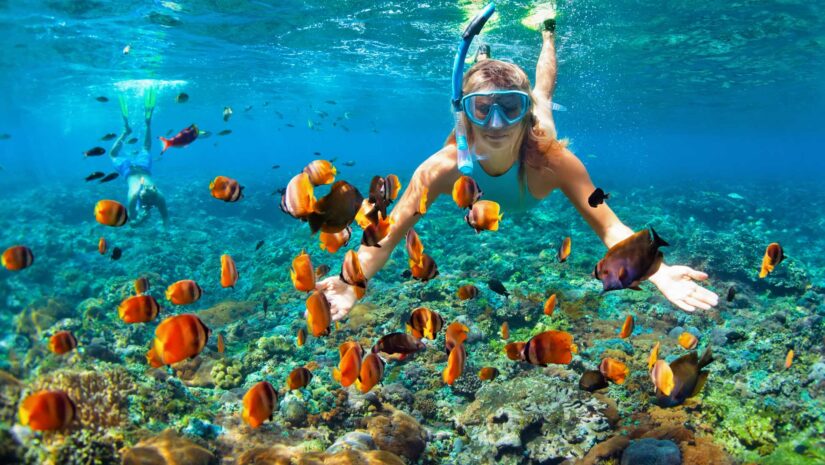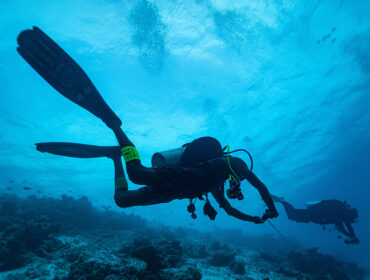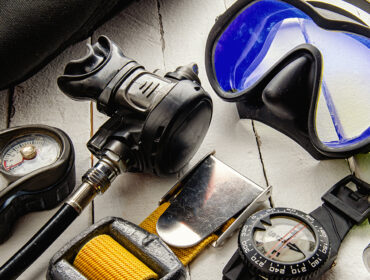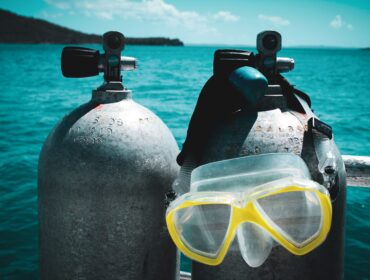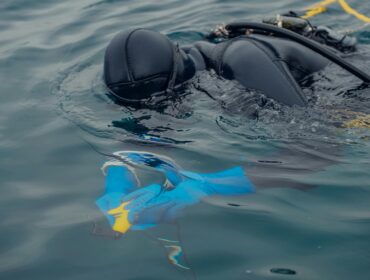Snorkeling and scuba diving are fun and adventurous underwater activities that allow you to explore and admire the beauty of marine life—but they significantly differ in how they will enable you to do it. General knowledge tells us that snorkeling involves a mask and tube (snorkel), while scuba diving requires a more complicated set of equipment, which includes an autonomous breathing gas supply.
Aside from that, how else are they different from each other? Which is better? Why would someone choose one over the other? Read on to learn more.
Key Differences Between Snorkeling and Scuba Diving
Here are a couple of differences that make snorkeling and scuba diving uniquely fun and challenging for every swimmer and diver.
Purpose

Snorkeling allows you to observe fish, coral reefs, and marine plants from just beneath the water’s surface. While it’s mainly for recreation, it can sometimes be done with shallow-water spearfishing and a few competitive underwater sports like underwater hockey.
Meanwhile, scuba diving allows you to explore at much greater depths than snorkeling can allow. It’s typically done for recreational activities, such as exploring caves and shipwrecks or practicing deep-water spearfishing. But for professional divers, scuba isn’t just a hobby—it’s also utilized for commercial purposes like underwater welding, civil engineering, offshore construction, and military diving operations.
Essential Equipment

With snorkeling, you only need a diving mask that covers your eyes and nose, an L or J-shaped tube, and a pair of fins (optional). The mask helps keep water out of your eyes and nose, while the snorkel allows you to submerge your face underwater while still breathing.
On the other hand, scuba requires a lot more equipment. These include a good-fitting diving mask, a wetsuit or drysuit, a buoyancy compensator, a pressurized steel or aluminum gas tank with an attached scuba regulator, and swim fins.
Breathing Technique

Typically, snorkeling only allows you to keep your face underwater to keep the breathing tube from flooding. To dive deeper, you must hold your breath and remove the snorkel from your mouth. When it’s time to take another breath, you return to the surface, let the other end of the tube stick out of the water, and blow air out of the snorkel hard to clear it before inhaling more air.
Or you can use a dry snorkel designed to let you dive a bit deeper. Dry snorkels feature a mechanism that automatically seals the top end of the tube to keep water from entering when submerged, as well as a purge valve to help make expelling water much easier should it enter the tube.
As for scuba diving, no accurate technique is needed. Since it requires a scuba tank, you can keep your entire body underwater and breathe through the regulator mouthpiece, which releases gas whenever you inhale or continuously during emergencies.
Another key difference between scuba diving and snorkeling is that while snorkelers can safely hold their breath at any time, remember that breath-holding is extremely dangerous for scuba and can lead to fatal consequences.
Duration Underwater
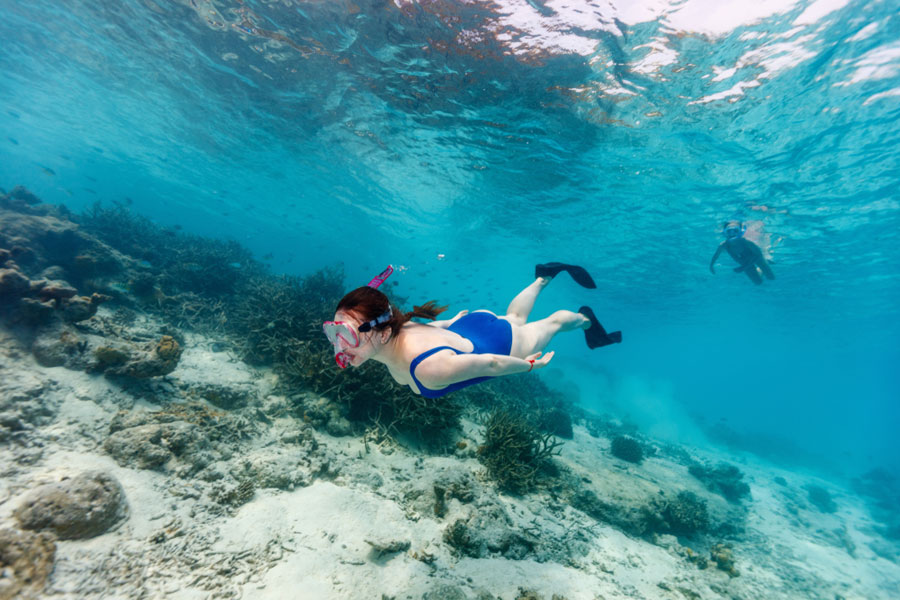
If your main purpose for snorkeling is to observe underwater life while floating just below the surface, you can do it for as long as you want, as the breathing tube allows you access to a continuous air supply. If you want to dive deeper, you’re limited to how long you can hold your breath underwater.
Scuba diving with a tank allows you to stay underwater for extended periods without the need to hold your breath (which is extremely dangerous, as previously mentioned). Many other factors, such as decompression limits and other environmental factors, can affect how long you can stay underwater on scuba. Still, it allows you to wait much longer compared to snorkeling. The only absolute limit is your tank, which will run out of gas faster the deeper you go.
Dangers and Risks

Snorkeling is relatively safe and risk-free—the only real danger is if you get in the way of motorized boats and jet skis, as they may not be able to spot your snorkel from afar. But there’s also the risk of cuts and scrapes from rocks and corals, jellyfish stings, and other possible injuries from underwater life forms.
You can also get sunburned from snorkeling near the water’s surface for long hours. However, this can be prevented by applying the appropriate amount of sun protection and wearing a rash guard or wetsuit with UV protection.
Conversely, scuba diving can come with some very real risks and dangers if not done correctly. Many would be surprised to find out that scuba can still be dangerous even when diving in the safest waters. There’s a possibility of equipment malfunction, which can result in decompression sickness or even drowning; nitrogen narcosis or oxygen toxicity, which can happen when you dive at depths greater than 100 feet; or pulmonary embolism from improper ascent. Also, there are all the usual dangers, like run-ins with sea creatures and boats.
Skill Level

Swimmers with no diving experience can go snorkeling without the need for any training or certifications. However, snorkeling in reefs deeper than 12 feet will require more practice and experience in repeated breath-holding.
On the other hand, it should be obvious that scuba diving requires some serious training in deep water diving and breathing equipment, not to mention a diver certification, to further ensure they have the necessary skill and knowledge to keep themselves safe throughout each dive.
| Snorkeling | Scuba Diving | |
 |  | |
| Purpose | Recreational, spearfishing, freediving | Recreational, spearfishing, freediving, professional & military operations |
| Essential Equipment | Mask, snorkel, fins | Scuba mask, dive suit, regulator, compressed gas tank, buoyancy compensator, fins |
| Technique | As long as you can hold your breath or the top end of the snorkel is above water | Face submerged; Breathe through snorkel, hold your breath when diving |
| Duration Underwater | Until the tank runs out of gas supply | Face submerged; Breathe through snorkel; hold your breath when diving |
| Dangers and Risks | Passing boats and watercraft, poisonous underwater life forms, dehydration, hyperventilation, sunburn | Decompression sickness, oxygen toxicity, nitrogen narcosis, marine life, boats |
| Skill Level | Experienced swimmer | Trained and certified scuba diver |
Snorkeling vs Scuba Diving
The question is not which one is better but which one is best for your purpose. Given our table above, you should already have a pretty solid idea about what you can do now at your current swimming skill level and what you’ll need to do, depending on your reason for going underwater.
Whichever activity you choose to do, make sure you prioritize your safety so you can make the most out of the experience. Have fun!

